Securing Critical Infrastructure: How OPSWAT Protects Engineering Workstations from Cyberthreats
News | 11.07.2023
Critical infrastructure plays a more pivotal role than ever in supporting essential services, such as power generation, transportation, and manufacturing. However, the convergence of operational technology (OT) and information technology (IT) and an overall increased reliance on technology has exposed these and other sectors within critical infrastructure to unprecedented cyberthreats.
The engineering workstations (EWS) in these critical environments—essential for programming PLCs and HMIs that control and manage critical systems—are being ever more targeted by bad actors.
Cybercriminals, ranging from hackers to nation-state actors, are continuously seeking vulnerabilities to exploit within critical infrastructure systems. Compromising EWS can have severe consequences, including disruption of services, economic losses, and even endangering human lives. In fact, in the 2022 SANS OT/ICS Report, the more than 300 companies surveyed for the study ranked EWS as the 3rd most common initial cyberattack vector—up 35% from the year prior.
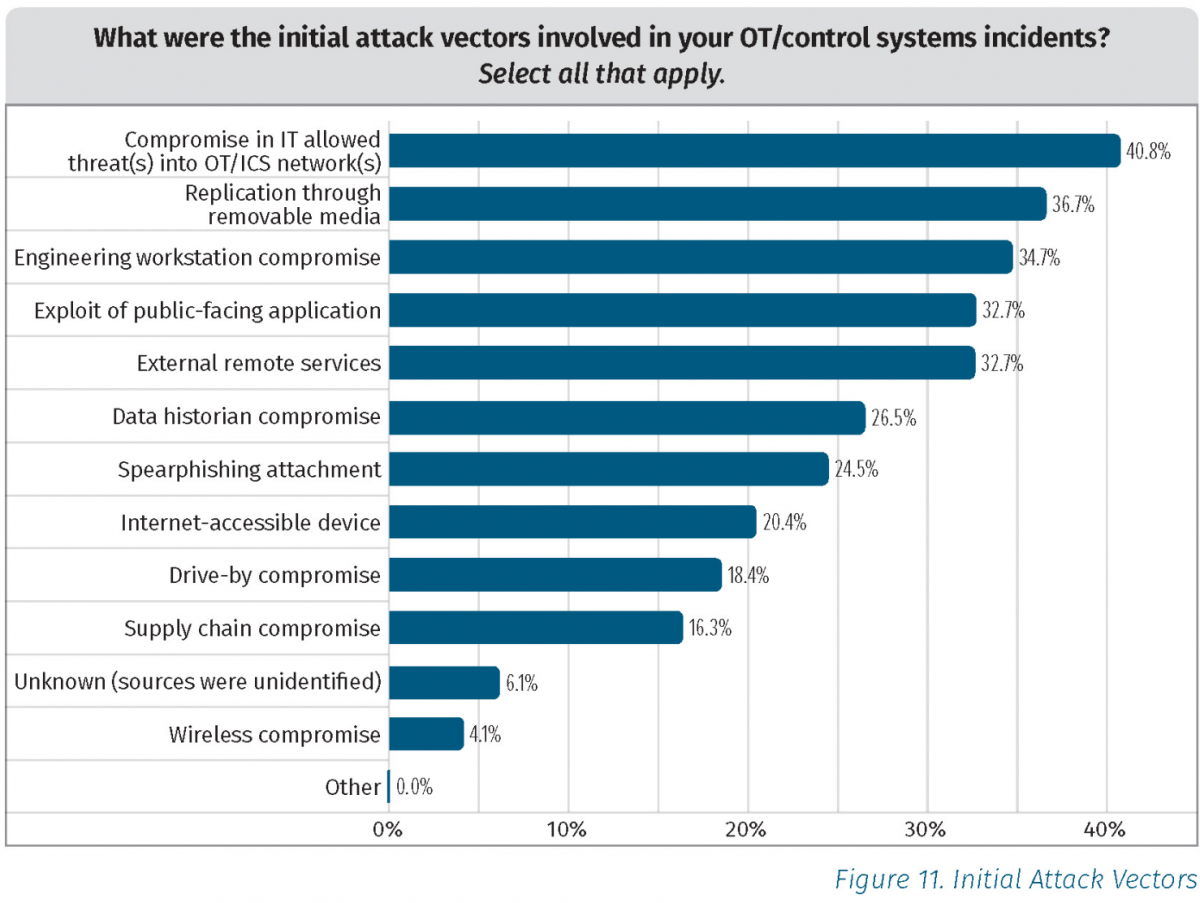
Many EWS are highly customized and require specific configurations that cannot be tampered with. This means that traditional antivirus and endpoint protection solutions may not work on them. Additionally, many EWS are running old operating systems that are no longer supported, making it difficult to install new software or updates—provided software can be installed at all. This leaves EWS vulnerable to cyberthreats, as they are not adequately protected against attacks.
Another challenge is that EWS are often connected to sensitive networks; this makes them a high-value target for cybercriminals. Malware infections, data breaches, and other cybersecurity threats can compromise the integrity of EWS and put critical infrastructure at risk.
EWS serve as the centers that oversee the seamless operation of essential systems in critical infrastructure.
Three key factors for understanding the importance of protecting EWS from cyberattacks:
Operational Continuity
EWS form the backbone of critical infrastructure systems. Protecting them is essential to ensure the uninterrupted operation of vital services. A successful cyberattack targeting EWS can cause severe disruptions, leading to power outages, transportation failures, or even catastrophic accidents.
Intellectual Property Protection
Critical infrastructure often houses invaluable intellectual property (IP) and trade secrets. EWS, being the access points to these assets, must be fortified against cyber intrusions. Unauthorized access to IP can result in economic losses, compromise national security, and damage a company's competitive edge.
Physical Damage Prevention
Certain critical infrastructure systems, such as power plants or manufacturing facilities, rely on EWS for process control and monitoring. Compromised EWS can manipulate these processes, potentially leading to physical damage, environmental hazards, or even endangering human lives.
To counter the aforementioned threats and prevent these consequences effectively, organizations need comprehensive cybersecurity solutions that specifically address the unique challenges EWS face.
OPSWAT offers a range of cybersecurity products purpose-built to protect EWS within critical infrastructure:
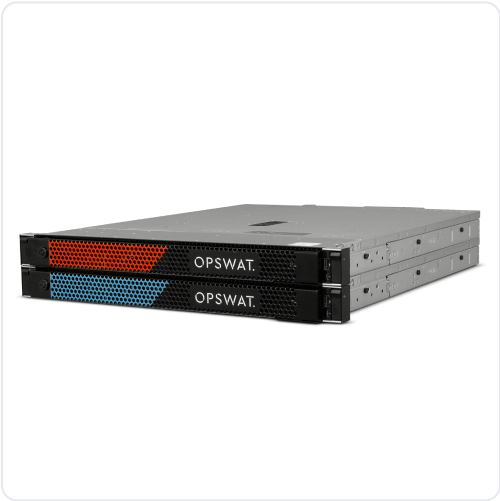
NetWall Network Isolation
NetWall is a network isolation solution that allows you to segment your network and restrict access to sensitive systems like EWS. This helps to prevent unauthorized access to your systems and reduces the risk of cyberattacks.
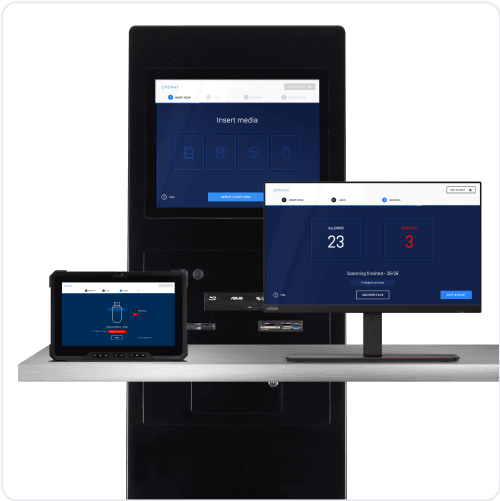
MetaDefender Kiosk - Removable Media Security
MetaDefender Kiosk scans, cleans, and reconstructs files on more than 20 types of portable and removable media before they interact with the EWS.
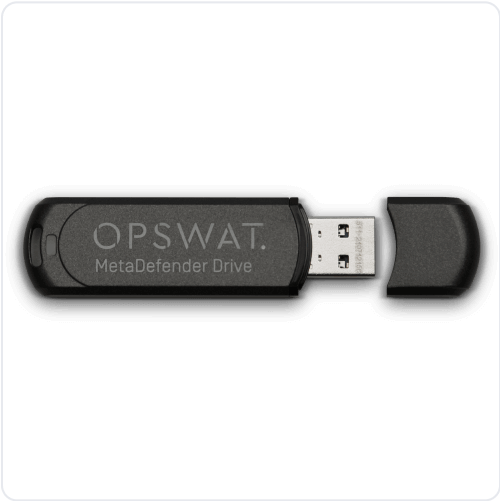
MetaDefender Drive is an Added Level of Protection
MetaDefender Drive requires no software installation and boots from a secure operating system, mounting the EWS’ hard drive and scanning it with patented anti-malware multiscanning and vulnerability technologies to ensure it’s safe for operation.
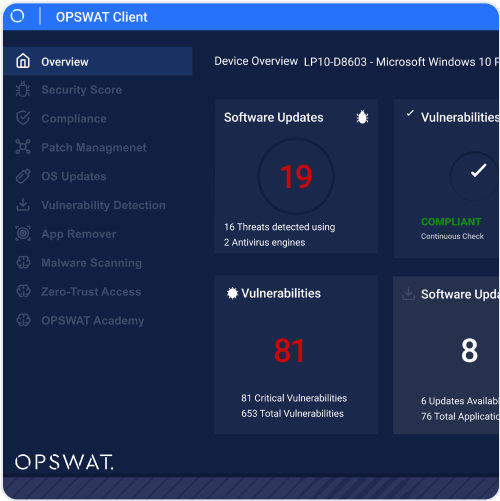
OPSWAT Client - Advanced Threat Prevention
OPSWAT Client is an endpoint protection solution that provides an additional layer of defense against malware, zero-day attacks, and other cybersecurity threats. It used advanced threat prevention technology like Deep Content Disarm and Reconstruction (Deep CDR) file scanning and sanitization, uses over 30 anti-malware engines to scan for malware and vulnerabilities in memory, and can prevent unauthorized USB mounts.
Protecting EWS is crucial for ensuring the continued operation of critical infrastructure. OPSWAT offers a range of solutions designed to help protect EWS from malware infections, data breaches, and other cybersecurity threats. By adopting a defense-in-depth cybersecurity strategy and implementing these solutions, you can enhance the protection of your EWS and reduce the risk of cyberattacks.
Receive a personal consultation on OPSWAT solutions from certified Softprom specialists.
Softprom - Value Added Distributor of OPSWAT.







